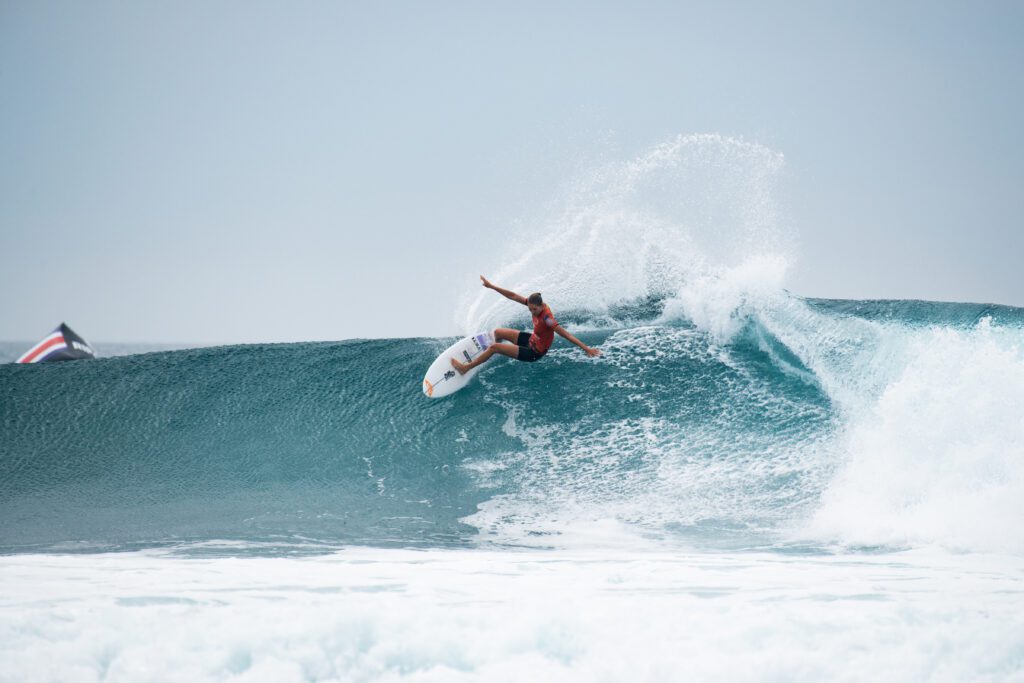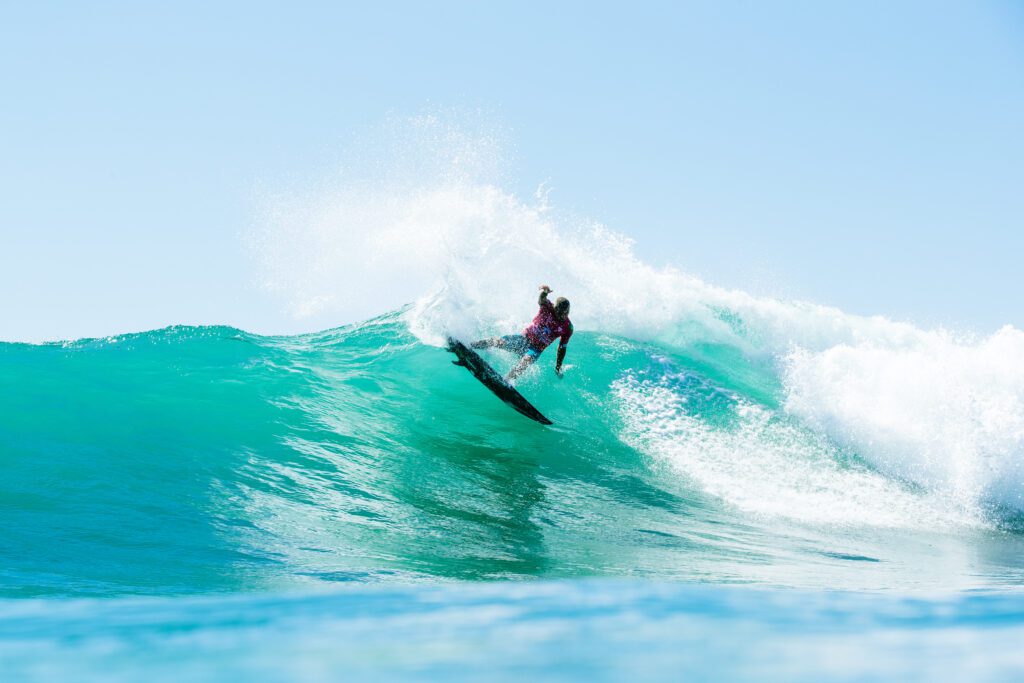WSL Says “No Deal” To Netflix’s Offer To Buy The League
But are they in a position to turn them down?
In 2012, an obscure company named ZoSea Media “bought” the ASP for 0 dollars.
The ASP had been nosediving, bleeding an estimated 30 million dollars a year. It was being propped up — desperately — by the Big Three: Quiksilver, Billabong, and Ripcurl. But with the Golden Age of surf commercialism deteriorating, it was rapidly becoming an unsustainable money pit.
These companies needed someone to take it off their hands. That’s where Dirk Ziff came in. The heir to a family fortune worth billions, Dirk agreed to back ZoSea Media in their ASP takeover. “Their timing was pretty impeccable. They came in when everybody needed them to come along.” said Randy Rarick, long-time ASP board member and competitive surfing pioneer.

This wasn’t the first — and wouldn’t be the last — time surfing’s governing body changed hands. In 1982, Ian Cairns stormed into an IPS (International Professional Surfers) meeting, slammed 25 grand on the table, and bought the IPS outright, changing the name to the ASP and ushering in the age of bright trunks and bigger prize money.
Now, 40 years later, the WSL (formerly the ASP) is in another predicament. The league is rumored to lose anywhere from 10 to 50 million dollars a year. As it stands, competitive surfing as we know it is practically an expensive gift from Dirk and his wife Natasha, who is an avid surf fan. But not even the Ziffs’ heart (and vault) of gold can sustain the league forever — it must learn to survive off of revenue.
This is where Netflix enters into the equation. There is a silent war brewing among Netflix and its streaming competitors. In April, Netflix’s stock fell 35% in a single day after announcing that, for the first time, it had lost subscribers to competitors. Netflix thus saw the WSL and other “lesser known” sports leagues as potential firepower in the arms-race for content.

Last year, Netflix flirted with, courted, and then proposed to the WSL. But after much deliberation there was no consummation. The Wall Street Journal reported, “The company late last year was in talks to buy the World Surf League, but negotiations fell apart because the two organizations couldn’t reach an agreement on a price, people familiar with the potential deal said.”
What was Netflix planning on doing with the WSL? It’s admittedly vague. They said that they planned on creating “new sporting tournaments or events.” We don’t know what this means, exactly. But my thoughts instantly shoot to special pay-per-view broadcasts and more exclusive shows á la Apple TV’s glossy “Make or Break”, which got approved for a second season.
But the WSL was not wooed. And the question remains: are they in a position to be picky? Netflix has myriad resources for being the WSL’s saving grace. Perhaps the Ziffs could’ve washed their hands clean of the whole thing and grabbed the lifeline out of the money hole. And with the WSL having not made a profit since its acquisition of the ASP in 2012, the stinginess doesn’t seem merited.

But there is a positive, even noble angle to this on the side of the WSL. Perhaps they have a plan and they’re confident they can survive. Maybe they don’t want to hand surfing’s future over to the streaming behemoth who could eat it up, spit it out, and leave our favorite surfers without a league to compete in.
Erik Logan, in an interview with Stab last week, claimed that this year’s WSL Finals hit 8.3 million viewers this season, up 22% from last year. E-LO’s glass-half-full perspective on the WSL, combined with an interest from muggle media outlets like Apple, could likely have been the fuel that drove them to decline the offer from Netflix. But was it the right decision?














Comments
Comments are a Stab Premium feature. Gotta join to talk shop.
Already a member? Sign In
Want to join? Sign Up